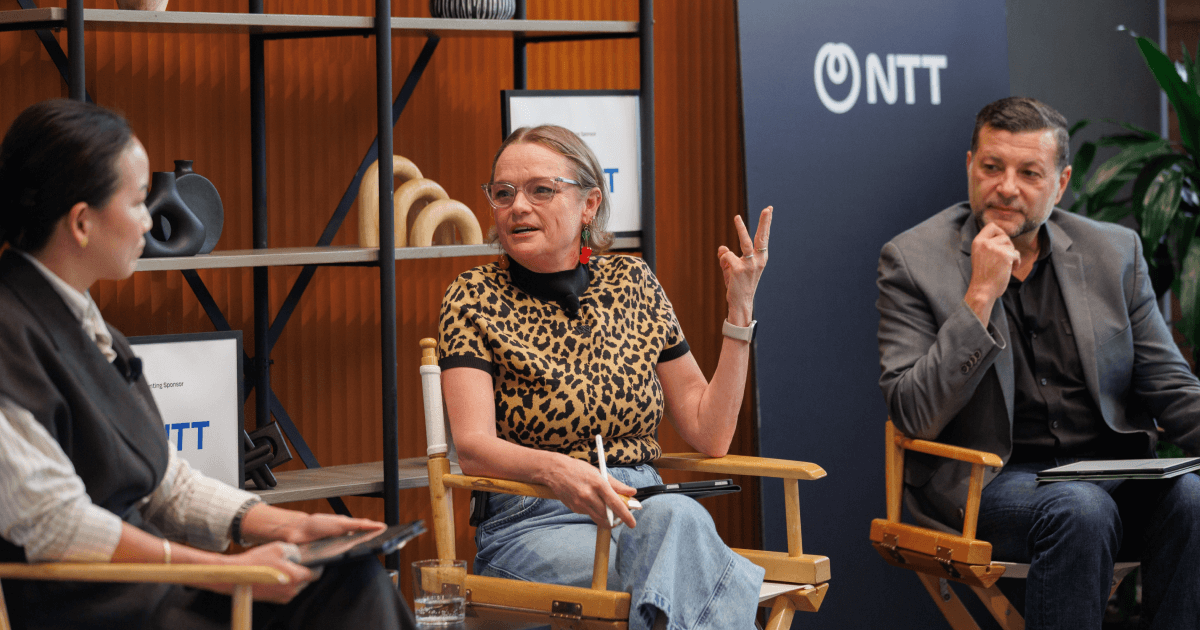Bricks and bytes – Exploring the parallels between architecture and software


Just as an architect shapes spaces and a contractor crafts structures, software engineers mold digital landscapes. But what connects these seemingly distinct domains? Quite a lot, Chris LoSacco discovered, when a recent project had him building an art studio with an architectural firm.
This week on Catalyst, Gina Trapani joins Chris to explore these shared principles and unlock the secrets to building trust, value, and reputation in the realms of both brick and bytes. Check out the highlights below, then dive into the full episode to learn more about the parallels between software and architecture.
Expectations and trust are vital ingredients
It’s crucial to set clear expectations when working with architects, contractors, and software engineers alike. Trusting these experts is also essential, as they bring unique experience and expertise to the project, guiding clients in making informed decisions.
Balancing decisions and trade-offs
Decision-making often involves trade-offs, such as cost, durability, and long-term implications. This is another spot where trust comes into play — clients rely on experts to provide a variety of clear, informed recommendations about decisions and trade-offs that align with their goals and budget.
Being visual keeps everyone on the same page
High-quality visual mockups play a crucial role in conveying design ideas effectively because they help bridge the gap between abstract concepts and concrete understanding. You often think of this in the architecture world (hello blueprints!) but it’s important for software user interfaces too.
Balancing innovation and practicality
There’s more balance needed for success — this time, between innovative designs and practical considerations. In both architecture and software development, using cutting-edge technologies or unconventional approaches should be weighed against the long-term implications, maintainability, and availability of expertise.
The human factor is a big one
Clients, whether in architecture or software development, appreciate being engaged throughout the process. Effective communication, transparency, and regular updates are vital to keep clients informed and make them feel like active partners in the project.
Helping hands make a difference
Clients look to architects and software developers not only for execution but also for guidance. They want to feel like they are in capable hands and that their service providers understand their needs and can make recommendations that align with their goals.
Value-based billing
You should always be demonstrating value to clients, but it’s even more important when working on a time and materials basis. Hourly billing should be tied to tangible outcomes and progress toward project goals.
As always, don’t forget to subscribe to Catalyst wherever you get your podcasts! We drop a new episode every Tuesday, and each one is jam-packed with catalysts for digital experiences that move millions.





